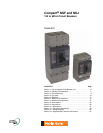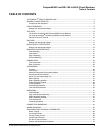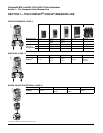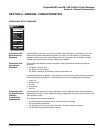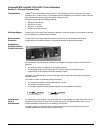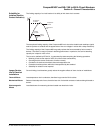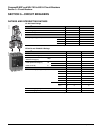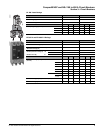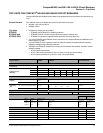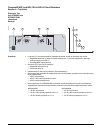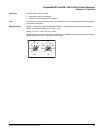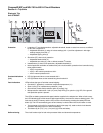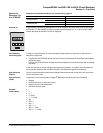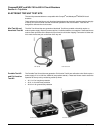
Compact® NSF and NSJ 150 to 600 A Circuit Breakers
Section 2—General Characteristics
© 1995–2003 Schneider Electric All Rights Reserved
7
Suitability for
Isolation (Positive
Contact Indication)
The limiting capacity of a circuit breaker is its ability to limit short-circuit currents.
The exceptional limiting capacity of the Compact
®
NS line is due to the double break technique (rapid
natural repulsion of contacts and the appearance of two arc voltages in series with a steep wavefront).
The limiting capacity of the Compact NS line greatly reduces the forces created by fault currents in
devices. The result is a major increase in breaking performance. In particular, the service breaking
capacity Ics is equal to 100% of Icu.
The Ics value, defined by IEC 947-2, is guaranteed by tests comprising the following operations:
• Breaking a fault current equal to 100% of Icu three times consecutively
• Checking that the device continues to function normally
• Conduction of rated current without abnormal temperature rise
• Protection functions perform within the limits specified by the standard
• Suitability for isolation is not impaired
Longer Service
Life of Electrical
Installations
Current limiting circuit breakers greatly reduce the negative effects of short circuits on installations.
Thermal Effects Less temperature rise in conductors, therefore longer service life for cables.
Mechanical Effects Reduced electrodynamic forces, therefore less risk of electrical contacts or busbars being distorted or
broken.
Electromagnetic
Effects
Less disturbance for measuring devices located near electrical circuits.
Prospective
Isc
Isc
t
Limited
Isc Peak
Limited
Isc
tsc
Prospective
Isc Peak
Actual
Current
Prospective
Current
06153040



